We see the same companies at the top of the list again this year: Nestlé, PepsiCo, Anheuser-Busch InBev, JBS and Tyson Foods round out the top 5 with a combined revenue of $262.7 billion (food/beverage sales only).
The novel coronavirus pandemic has seen various food and beverage trends change drastically from pre-COVID. Working from home, job loss and furloughs, as well as home schooling has created the home as a work place, school, restaurant and a gathering place for family time. Consumers didn’t take to it well in March but mid-summer, they have seemed to settle into the “next normal.”
Here are some of the most notable trends from this year, along with the Top 100 List on the following pages.
The New “At-Home”
At-home cooking has turned the kitchen into a restaurant, where we are seeing more fresh foods — including more fruits and vegetables — and families sitting around the table more than ever before. Consumers are trying new meals with healthier choices and are liking it.
School lunches provided at-par meals for many, and parents with kids at home are offering either whole fruits and vegetables or packaged fruit cups and veggies and dip packages for healthier snacks. For one, JM Smucker launched Jif peanut butter in a simple squeeze, inverted pouch. Easy to use even for the young ones.
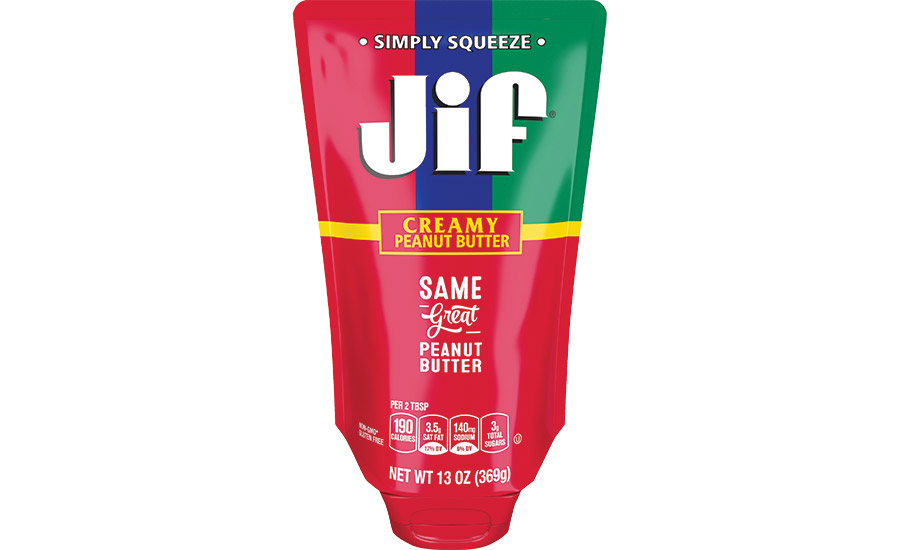
RXBAR has come out with RX Bar for Kids, a protein snack bar with 5 g of protein, a short ingredient list and no artificial flavors or colors.
For those who still are not up for cooking themselves but want a healthy meal, Nestlé recently came out with a new spin on its Lean Cuisine frozen entrees, Life Cuisines. Offering gluten-free, meatless, high-protein and low carb selections, the line of meals is “delicious your way.”
Coming Together for a Cause
Brands and suppliers have worked together for public health and well-being, creating personal protection equipment including masks, elastic for masks, hand sanitizer, an active packaging solution that disinfects masks and more.
Some brands changed up their production lines to manufacture hand sanitizer. Anheuser-Busch InBev shifted the use of alcohol for beer to produce hand sanitizer. Two versions of this product were produced and three additional versions are being prepared. Presently, approximately 2,000 units have been produced for internal use at AB production facilities and more than 250 times as much has been donated to the Red Cross and other non-profit partners for distribution where it’s needed most.
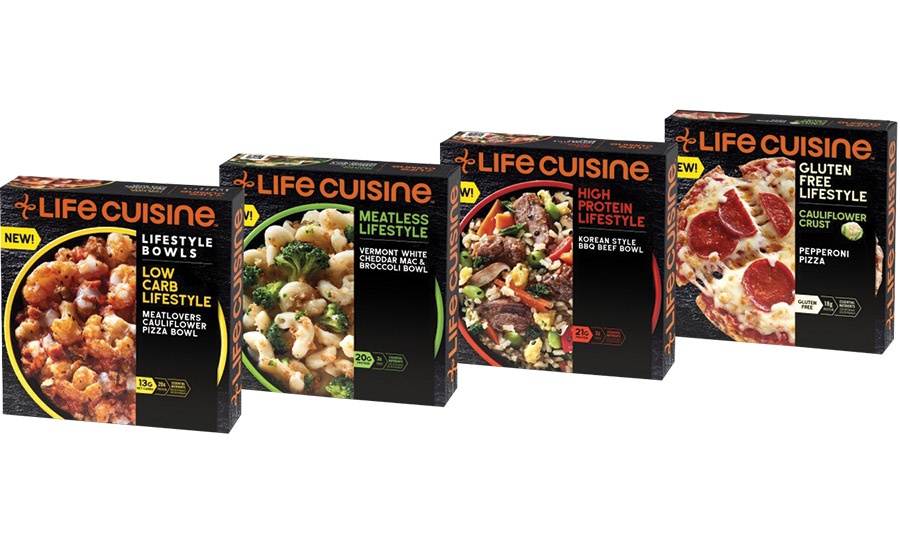
Another brand that produced items during this time is Colgate-Palmolive, which donated 25 million bars of soap in special packaging with proper hand-washing instructions for the World Health Organization’s SafeHands Campaign. (Colgate Palmolive owns household and personal care brands, in addition to Hill’s pet foods.) Even beauty brands, such as Coty, produced hydro-alcoholic gel, used as hand sanitizer.
Listen to this Podcast with Cardinal Spirits, a craft distillery based in Bloomington, Indiana, on how they produced their own hand sanitizer.
It’s 5 O’clock Somewhere
Another trending topic is the increase of alcohol consumption since stay-at-home orders began. If you haven’t been part of a Zoom Happy Hour, you’re likely one in a million. Alcohol has been trending up since mid-March. In fact, Nielsen data shows that among the biggest categories chosen were spirits — with tequila, gin and pre-mixed cocktails leading the way. Sales in those categories jumped 75% compared to the same period last year. Wine sales are up 66% and beer sales jumped 42%. Online alcohol sales are up 243% as well.
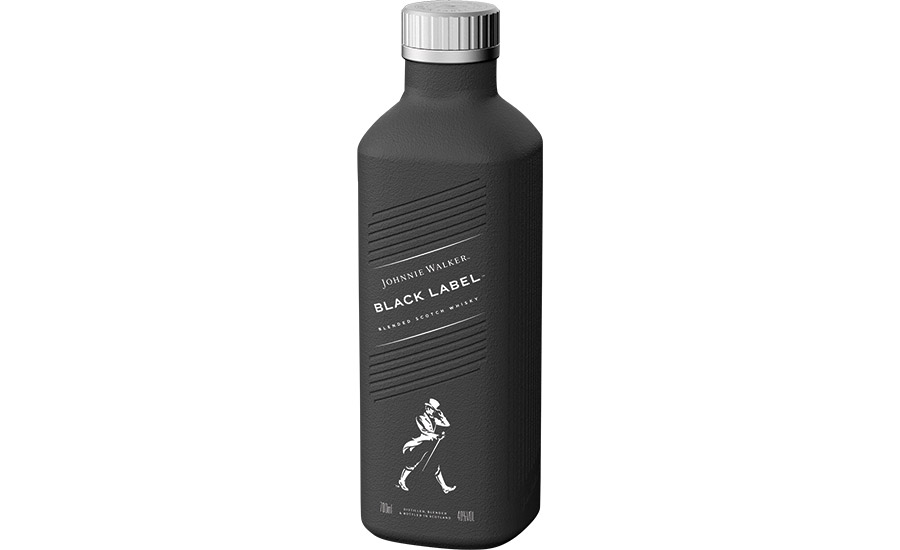
At the end of April, 55% of alcohol sales were off-premise, meaning “to-go” sales for home consumption including grocery stores, liquor stores, convenience stores and big box stores like Costco. That leaves just 45% for on-premise sales — in bars, restaurants and hotels.
More recently, a Nielsen investigation of the latest trends estimates that the U.S. alcohol market needs to sustain 22% volume growth across all alcohol categories sold off-premise in order to level off from the impact of closed bars and restaurants. While this helps to size the magnitude of the current imbalance, the burden of rebound doesn’t fall only on off-premise sales. On premise, the declines have now stabilized week to week, but Nielsen CGA reports that average sales per outlet remain 68% below rates of a year ago in the week ended April 25, and hovered between -67% to -75% throughout the rest of April.
Online Grocery Shopping Surge
At the start of the pandemic, many consumers stockpiled pantry items such as canned and boxed foods, and frozen foods. Retail shelves were void of essentials such as toilet paper, hand sanitizer, fresh meat and produce. Panic buying was taking the stage around the world. Retailers used the holiday shopping technology: buy online and pick up in-store or curbside. This type of shopping jumped 87% year over year between late February and March 29, according to data from Adobe Analytics. And trends are showing that online grocery shopping isn’t slowing down.
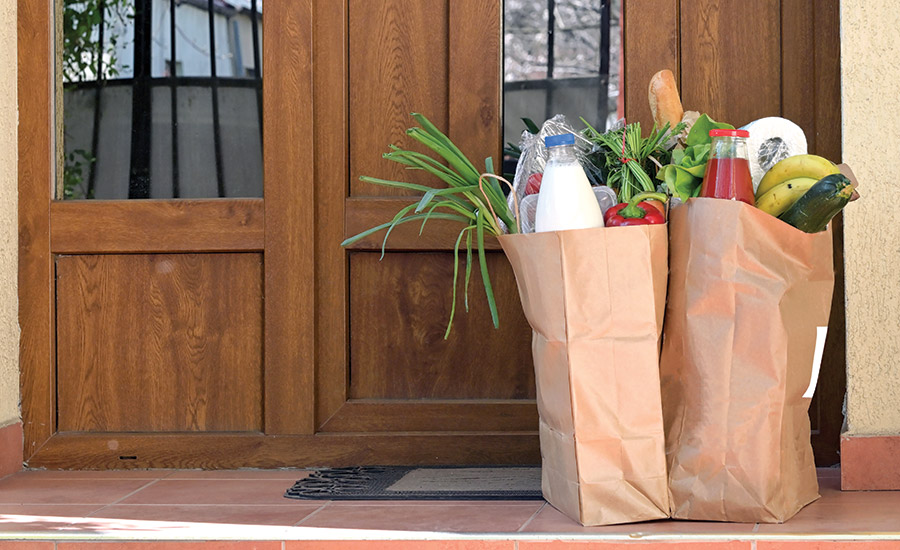
In the wake of the COVID-19 pandemic, daily ecommerce sales nearly doubled between March and April, shared research firm Future Market Insights (FMI). A grim sales outlook following the COVID-19 outbreak and onslaught brought about by ecommerce behemoths have compelled even the brand giants to rethink their strategies.
The robust uptake of online grocery shopping among consumers is not a phase; rather, experts believe this could be a reflection of permanent change in consumer behavior.
Some of the key players operating in the online grocery market include Amazon, Walmart, The Kroger Co., Peapod LLC, Fresh Direct LLC, Target, Publix Super Markets, Best Buy, Instacart, Costco, Safeway Inc., Carrefour S.A., Tesco PLC, Edeka Group and Aldi.
Several online grocery / e-retailer companies are entering into partnerships with prominent retailers to cater to the growing demand for groceries and other essential items.
Store Brands Take a Stand
Consumers are buying more private label brands as premium brands can’t keep up with consumer demand during the pandemic. Store brands posted double-digit sales increases across U.S. supermarkets, discounters and drug stores as shoppers stocked up on products during the first stages of the pandemic.
Nielsen reports that first quarter dollar sales of private label products across all retail outlets compared to the year before climbed nearly 15% during the first quarter, up $4.9 billion. Total dollar sales of store brands in the first quarter were $38.4 billion with units at 13.2 billion.
Store brands more than held their own against the national brands. During the quarter, private label gained about one-third more in both dollar and unit sales than national brands, according to data provided to the Private Label Manufacturers Association (PLMA) by Nielsen.
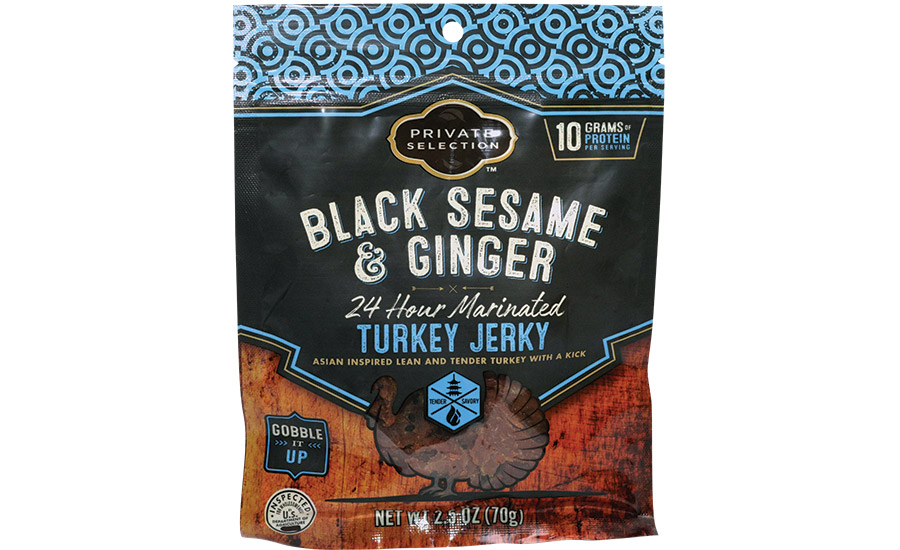
Among the retail channels, the strongest gains for store brands occurred in mass, which consists of mass merchandisers, club and dollar stores. Store brands gained +16.6% in dollar sales and +16.5% in unit sales compared to the same quarter in 2019.
PLMA (Private Label Manufacturers Association said that there’s no doubt that shopper behavior was highly influenced by consumer fears. Nonetheless, the statistics point to greater acceptance of own brands as the coronavirus crisis evolves.
Pet Pantry
At the start of the pandemic, pet parents were stockpiling pet food, preparing for the long haul. In fact, Nielsen reports that sales of bags of dog food over 28 lbs. rose 74% year-over-year in the third week of March. With an increase in pet fostering, adoptions and purchases lately in the U.S. — what followed was a surge in consumer interest in pet products and services. Purchases of pet supplies on Amazon have risen 66% year-over-year during the pandemic, with pet food sales up 98%, said SimilarWeb. Pet food brands Blue Buffalo (owned by General Mills), Purina (owned by Nestlé) and Nestlé owned 70% of category pageviews on Amazon in the January to April 2020 period.
Pet food is such a commodity today, that major brands are knocking on the U.S. Trademark Office door more than ever. Nestlé is making many moves for its pet products. The food giant’s Purina Petcare brand has applied for two trademarks: “Yumcycled” and “Let’s Do Better.”
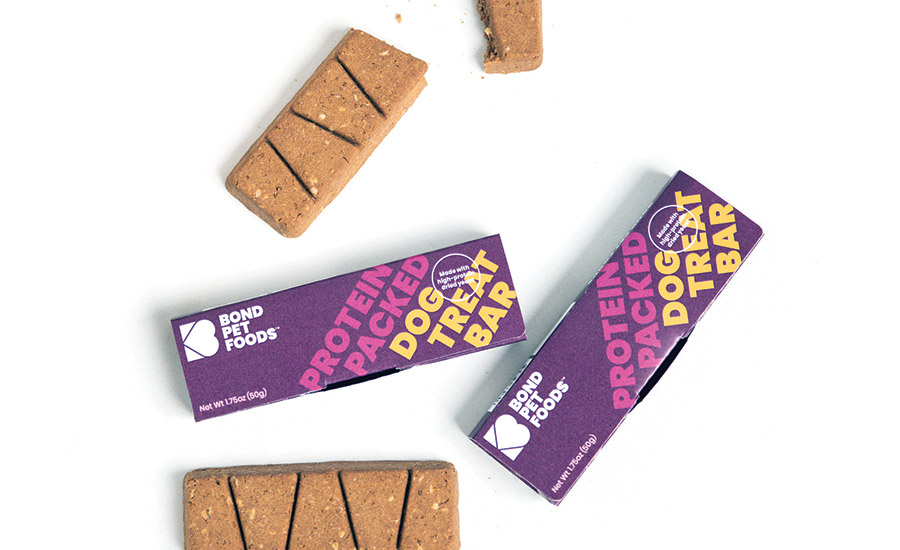
Also, Mars Incorporated’s trademark for its Royal Canin brand for various products including edible chews for animals.
Overall in 2019, the pet food industry brought in a staggering $36.9 billion, led by dog and cat food. American Pet Products Association (APPA) analysts stated that sales of pet products and services in the United States reached $95.7 billion in 2019.
Mergers, Acquisitions & Sales
2019 broke records for the number of food and drink transactions around the world, with 789 registered on the Zenith Global mergers and acquisitions database — an average of 15 each week. The total is 12 more than in 2018 and 41% higher than 5 years ago. The number has increased every year since a dip in 2013.
Of the 789 food and drink transactions registered on the Zenith Global mergers and acquisitions database for 2019, 24 involved sums of $1,000 million or more. This is down from the 28 noted in 2018 and the lowest number in recent years apart from 2016.
Despite growth across Unilever’s personal and home care segments, the food & refreshments segment saw revenue drop from $25.2 billion to $21.6 billion, according to Trefis research and data. With the economic slowdown and lockdowns, Unilever’s non-essential foods and refreshment products, such as packaged ice creams and bottled cold beverages, are not a priority for people, the firm surmises. Trefis estimates a further drop of 3.5% in total revenue in 2020. This certainly could be the case for other packaged food and beverage companies.
JM Smucker segment net sales increased $46.6 million (6%), which included an estimated 8 percentage point benefit from stock-up purchasing related to COVID-19. Volume/mix contributed an 8 percentage point increase to sales. Volume/mix growth for all of the company’s major brands in the cat food and dog snacks categories was led by Meow Mix® and Milk-Bone® brands. In dog food, volume/mix gains for Kibbles ‘N Bits®, Nature’s Recipe® and Gravy Train® were offset by anticipated declines for the Natural Balance® and Rachael Ray® Nutrish® brands.
Top 100 Food & Beverage Packaging Companies Downloadable Chart
Top Food and Beverage Packaging Companies in the News
More on top food packaging companies | More on top beverage packaging companies
Methodology:
Our Top 100 food and beverage packaging companies list uses sources that include annual company reports, news reports, company websites and direct company contacts. Sales are based on calendar year 2019 or the most recent fiscal year that conforms to that timeframe. We used XE, the online currency counter (xe.com), where necessary. We have also used resources to separate out food and beverage revenue from other segment revenue. Some companies are marked with an asterisk to indicate an estimate when one of the following occurred: a breakdown of food vs. other segments was not possible; it’s a private company and news sources reported the data, not the company directly; or no new information could be found, resulting in reporting 2018 revenue.


